Back in April as the pandemic raged, a quiet chord of inspiration struck me. I made the conscious decision to start shooting on film again. It had been awhile, I’d estimate somewhere in the ballpark of at least 10 years since I last shot a roll of film. When I was 14 my mother gifted me her Canon AE-1 that she had bought in the late 70’s, so from a young age I always had a curiosity and interest in cameras. It was the tactile interactivity that fascinated me. A camera’s intricate simplicity, with all it’s levers, gears, winders and buttons to press and shift. A beautiful orchestra of moving parts working together with plastic and chemicals to capture a 2D representation of our world, what could be better!
It was this interactivity that initially drew me towards photography. I learned to load film and compose an image, this was the second phase of my falling in love with the craft. The joy of going out into the world, shutting off my busy brain and just letting my eyes do the work. These were wonderful heady days.
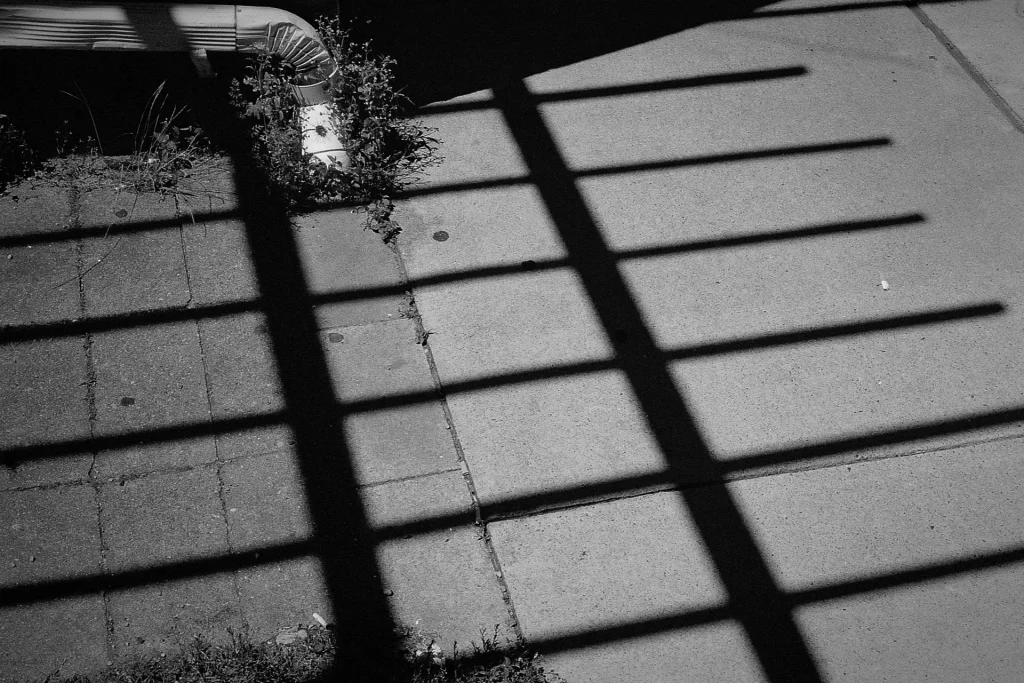
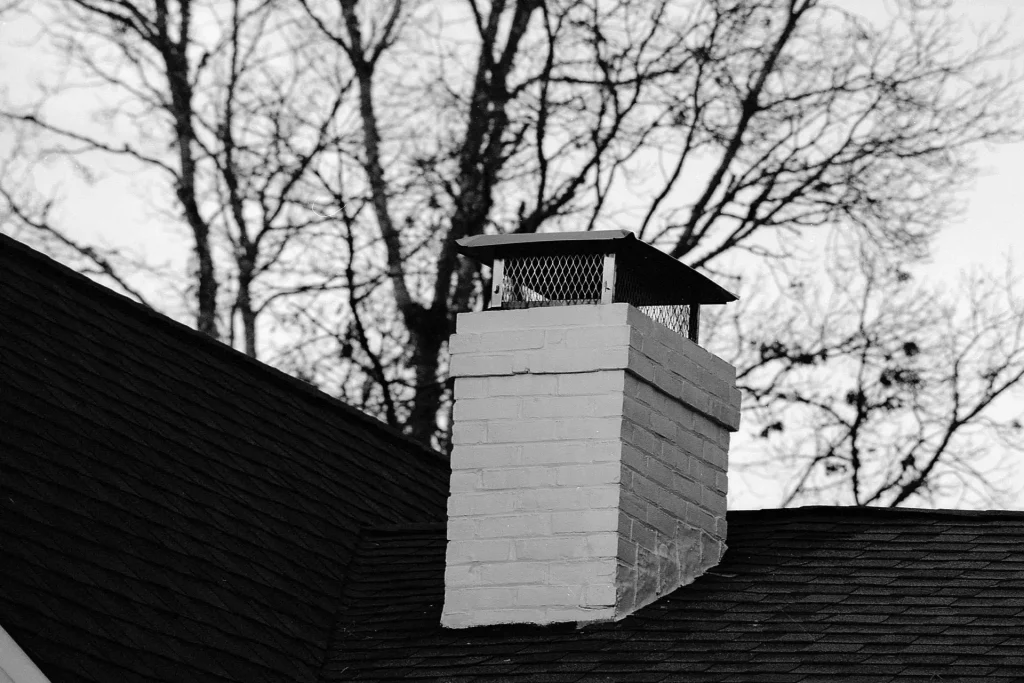
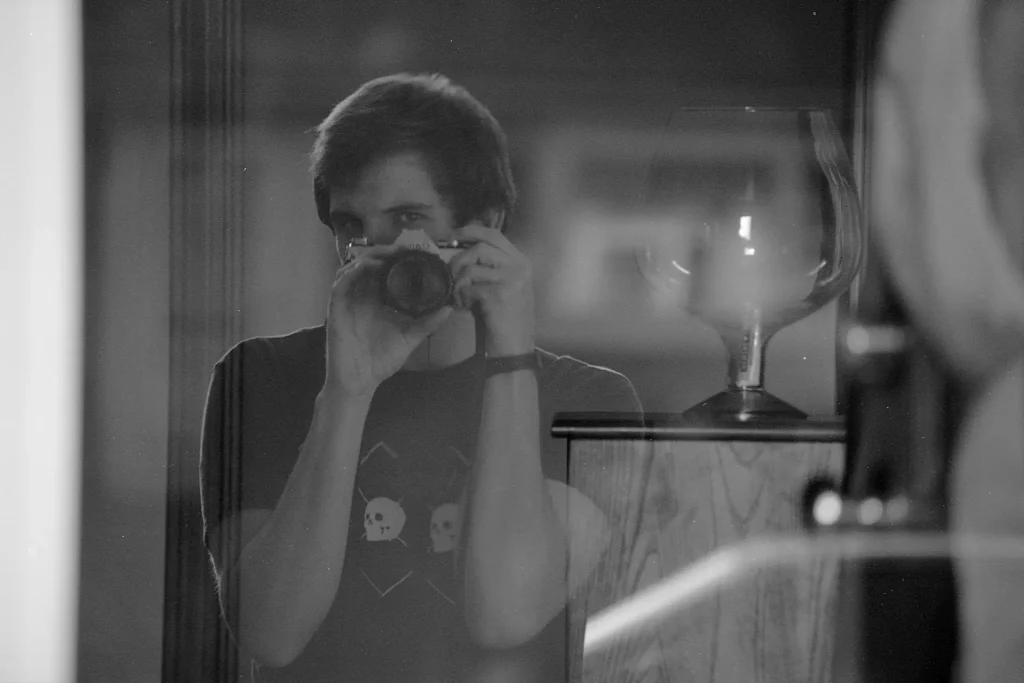
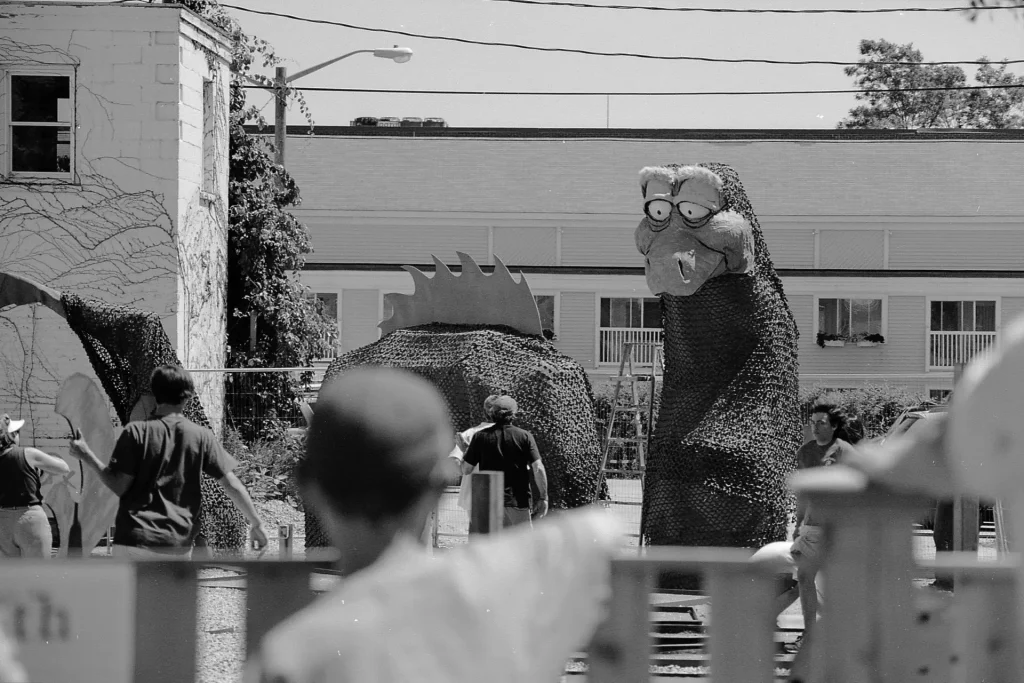
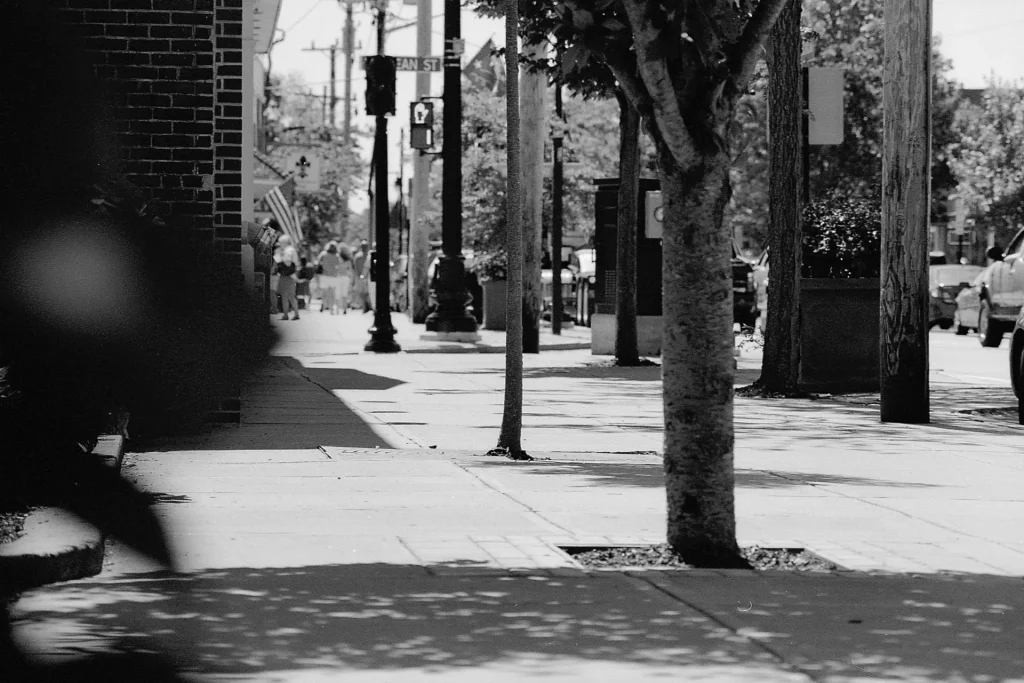
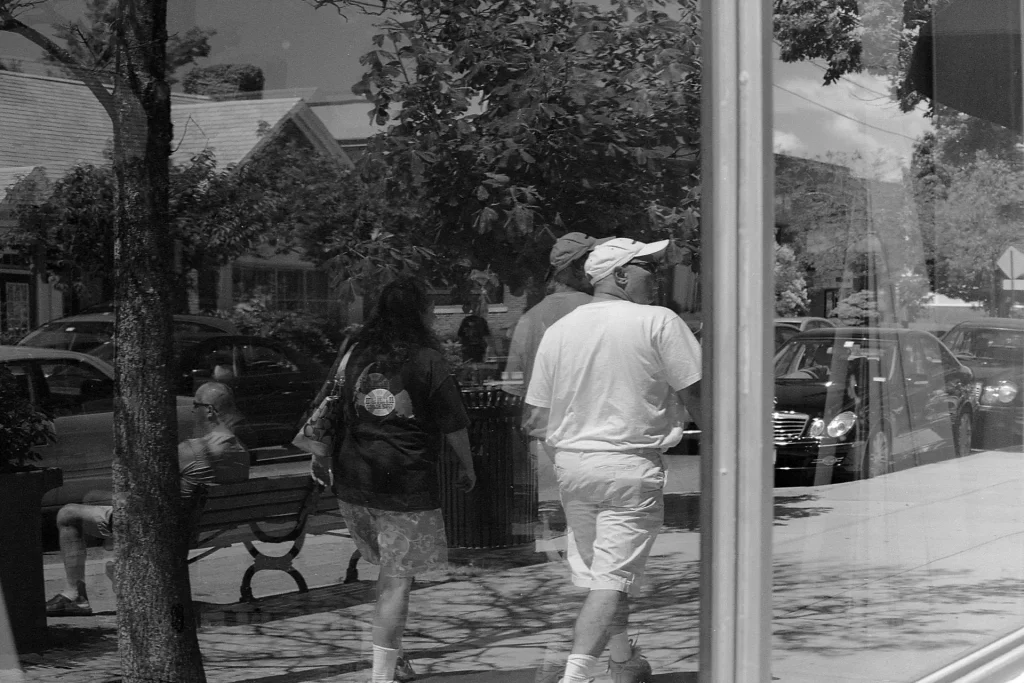
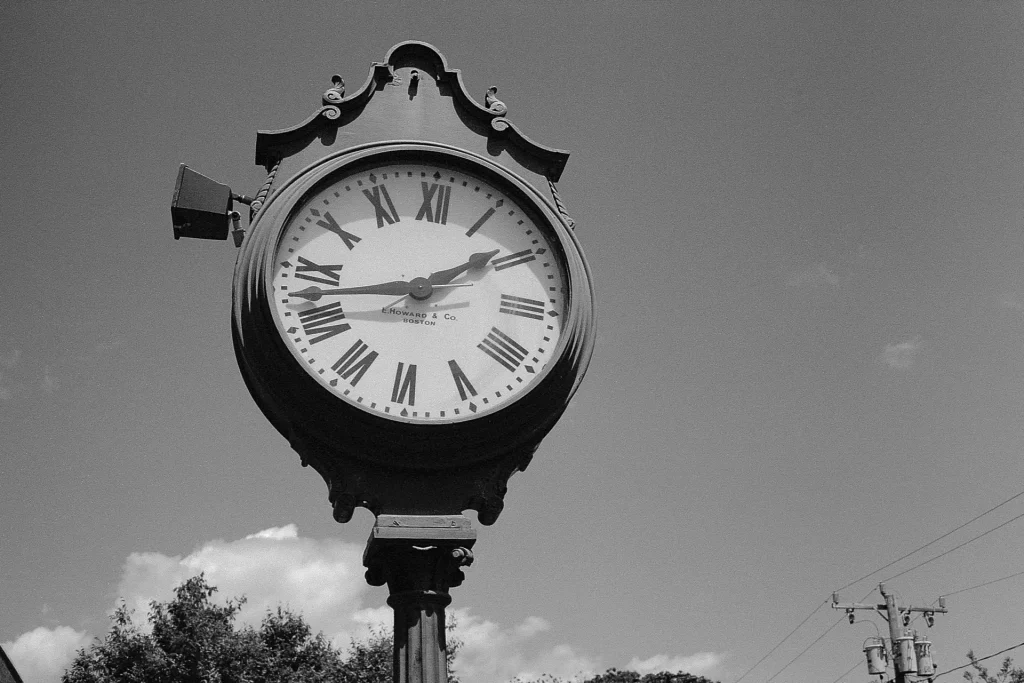
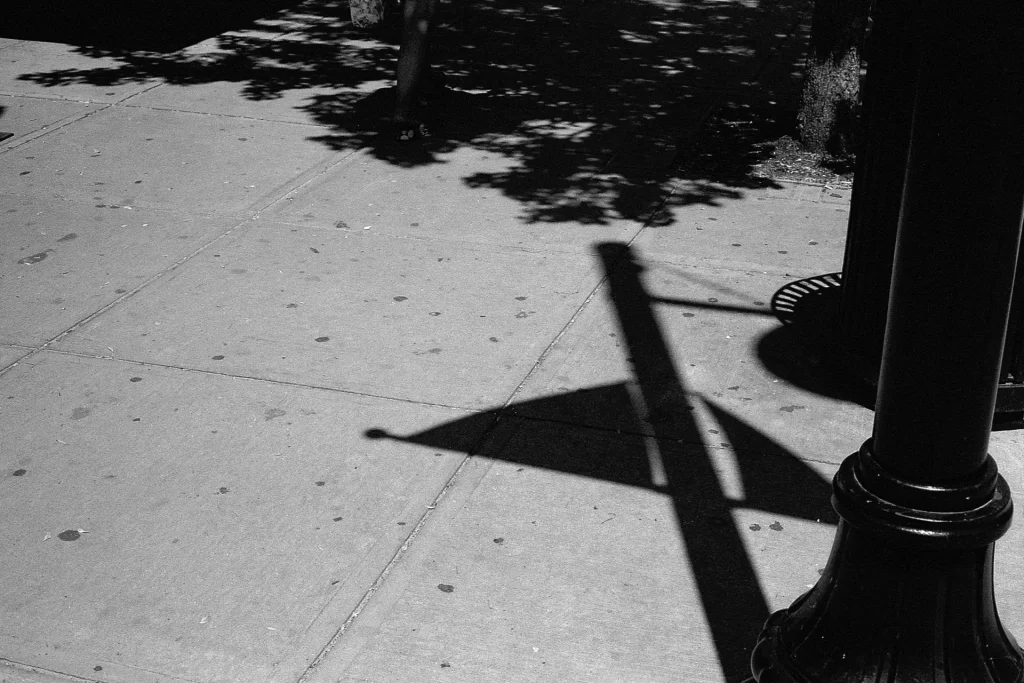
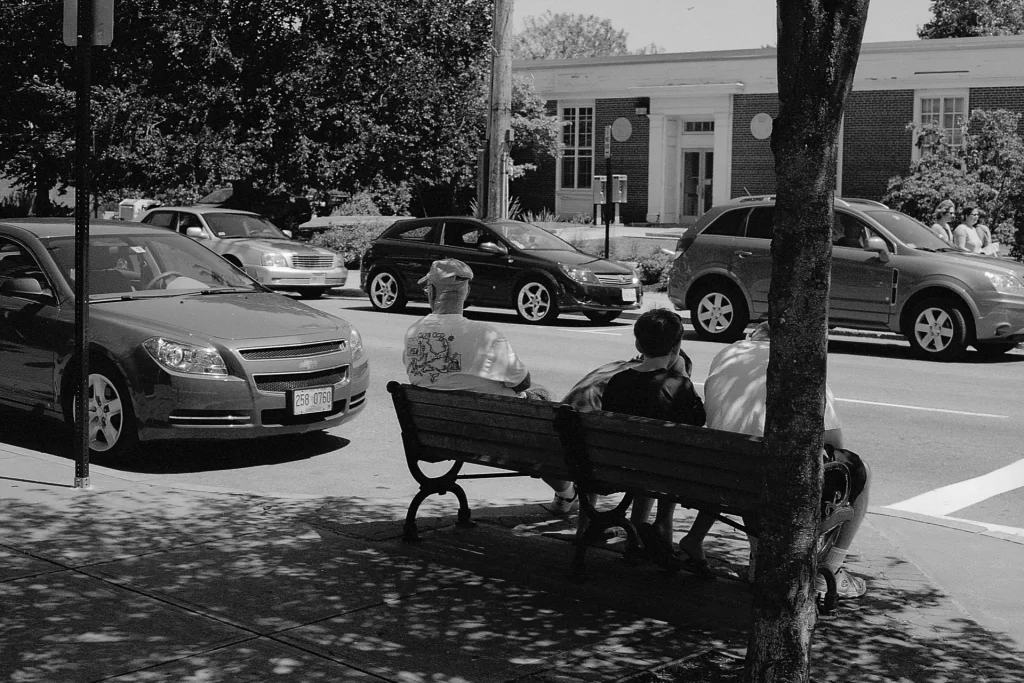
So what the hell happened? Why did I stop shooting on film, and almost stop photography all together?
Well, that’s a set of questions I’ve been looking for answers to for a while now. Why do we do anything, and why do we stop? Everyone surely has a different answer to these questions. Mine? For the most part, time, interest, depression, money, anxiety, laziness. You know, all the little excuses we make along the way and let override that part of ourselves. I was weak, and in many ways I still am. I still let little things make or break a day.
But I’m learning to let go of those things, I’m learning to forgive myself, push past the distractions, the failures, the excuses. I’m starting to realize that time is precious, so why not spend it doing something that brings you joy. To hell with what everyone else thinks, to hell with the voices in your own head telling you you’re no good, to hell with the demon’s on your shoulder whispering “What’s the point?!” to hell with it all! Go shoot some film!
It Begins Again
So, that’s just what I did, I dusted off the old Canon AE-1, picked up a couple rolls of Ilford XP2 Super from my local shop, loaded up the camera, and got out there. It was incredibly liberating. Aside from being locked up in isolation for the past couple of months, I’d been in a rut for a while. I wasn’t satisfied with my job, I wasn’t creatively fulfilled in nearly any part of my life. I had taken myself off social media which was doing wonders for my mental health, but it had also slowed me down on my creative endeavors. I wasn’t taking pictures, I wasn’t creating things because I felt “what’s the point, no one is going to see them.”
I realized that by going back to analogue, I sort of broke that rut, that cycle of; shoot, post, instant (but ultimately minimal) gratification, repeat. I wasn’t shooting for the admiration of strangers anymore. I was shooting for myself. I found myself excited after finishing off a roll, wondering “hmm, I can’t wait to see how that shot of such and such will come out/look.” It was weird. I felt something I hadn’t in a long time. An excitement, nay, a desire to see my own images. The knowledge that there was absolutely zero pressure to post or share was such a novelty. In this day and age where everything moves so quickly and is forgotten immediately it was a beautiful reminder that I needed to slow down. That I could slow down.
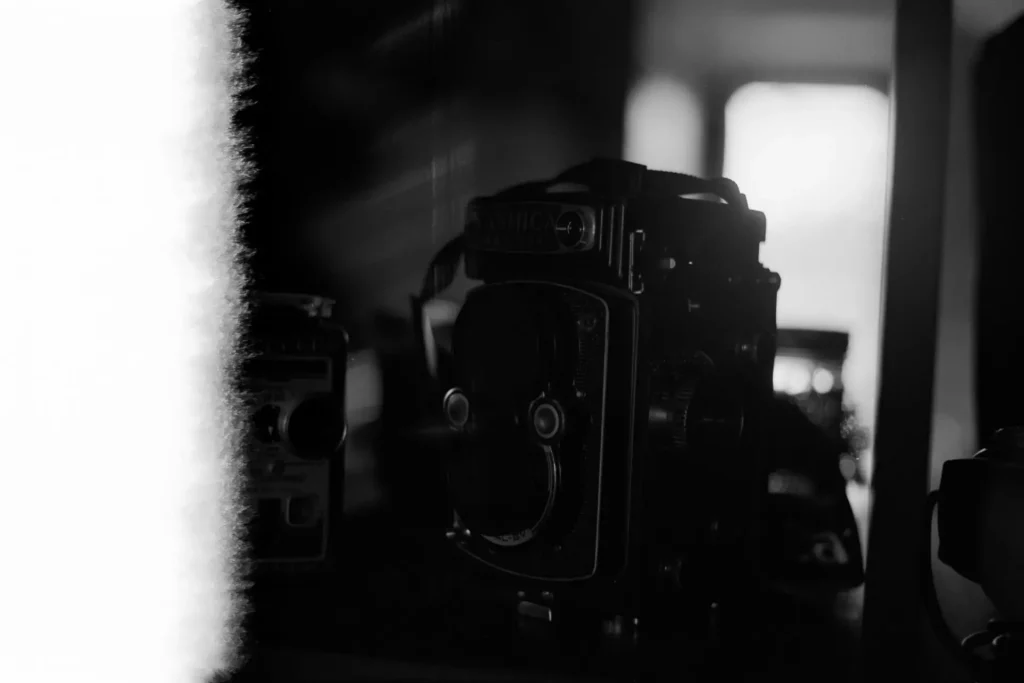
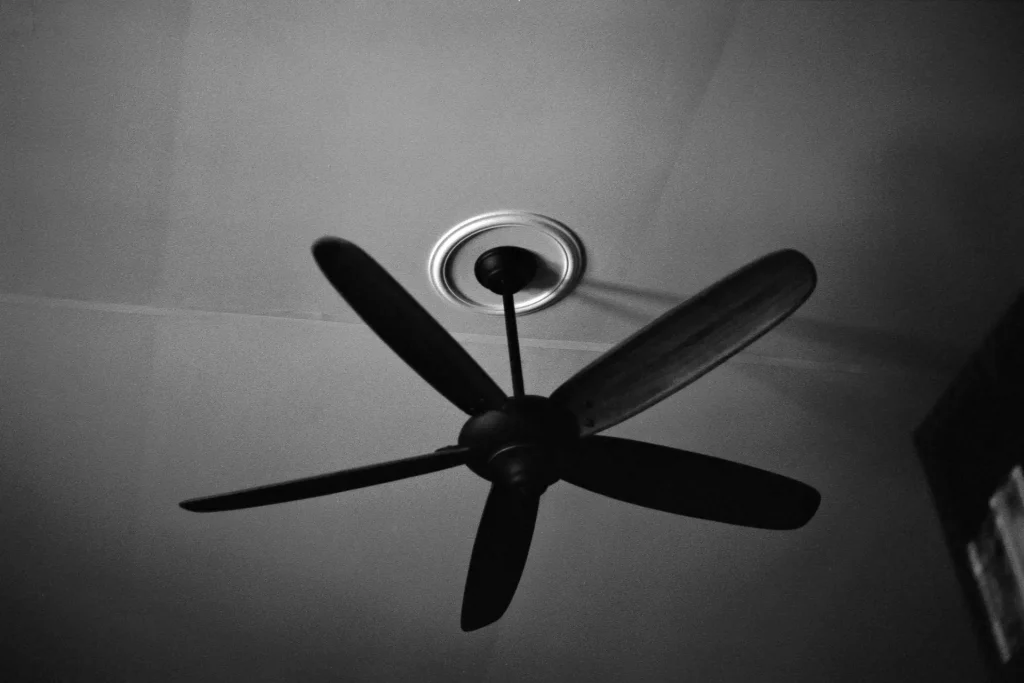
Slow And Steady
The nature of analogue photography is incredibly slow by today’s standards. It forces you to think about your shot, it forces you to be patient, it forces you to really drink in the world around you while you’re out there, and then, when it’s all said and done, you need to be more patient while your film develops. The reward for all this waiting however is way more lasting than a little heart on a photo could ever be.
The first hit comes from holding up your negatives to the light for the first time, seeing the images you made potentially weeks earlier in a physically tangible form is pure bliss. I was incredibly fortunate with my first roll I shot, every image came out, and then some, 39/36. Now, none of them were groundbreaking photos and none of them are surely winning any awards, and one is a partial frame but the mere fact that a 30+ year old machine that had gone unused for 10 years was able to perform is a testament in itself.
The next step for me was scanning in these images so my old eyes could really appreciate the time and effort I had put in. This process of course is not a speedy one, nor would I have it any other way. Again with the theme of slowing down, and taking your time; first loading the negative tray, placing it in the scanner, selecting the frames and digitizing the negatives and finally listening to it whir and hum while it works. There is something almost meditative about the process, you get into a groove, an almost trance-like state, and before you know it, everything’s digitized.
These negatives aren’t done giving yet. As I said the lasting reward of this process is well worth the wait. For me this means one final step. Converting those negatives to positives. Now there are many ways to do this and some scanners can do this automatically for you. I chose to convert my negatives in Lightroom using a plugin called Negative Lab Pro. Now this makes for a slightly lengthier process but again I feel the reward is in the wait.
Once everything is digitized converting the negatives is the last piece of the puzzle. It’s also the first time you get to see your images in their true form. That last hit, that tiny little thing, really makes the whole adventure. They say life is about the journey, and not the destination. I’d alter that slightly, and say that life is about both the journey AND the destination. One informing the other.
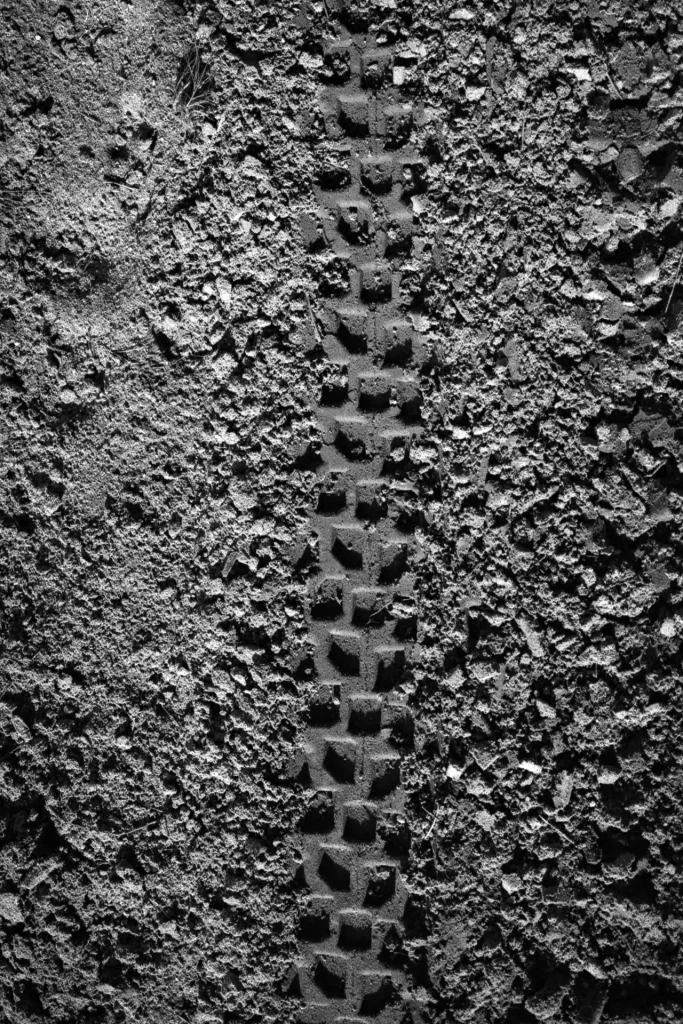
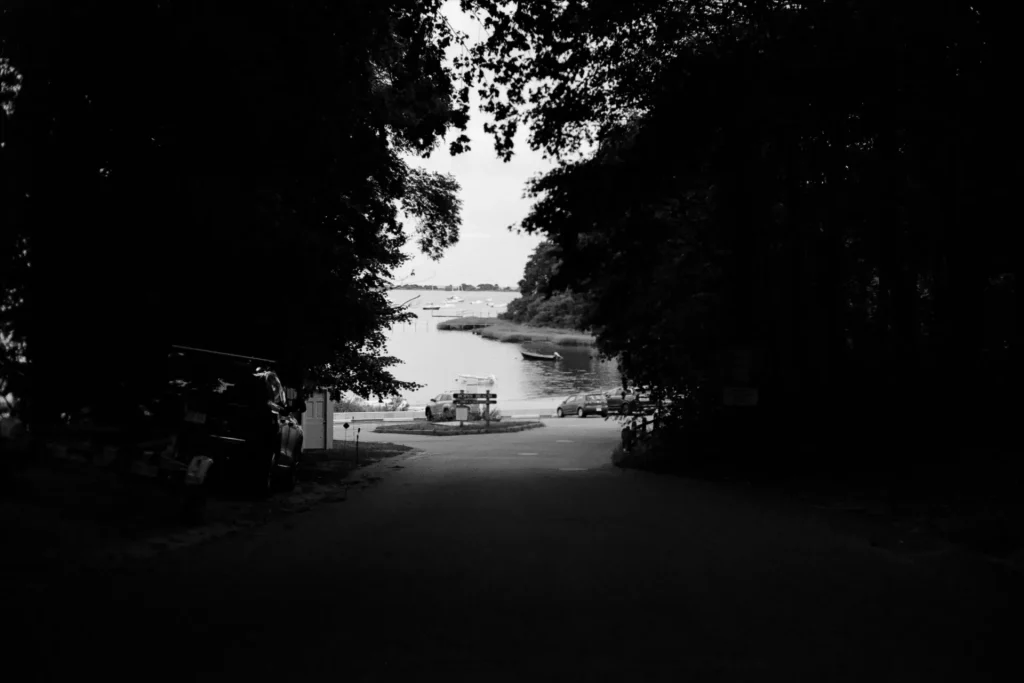
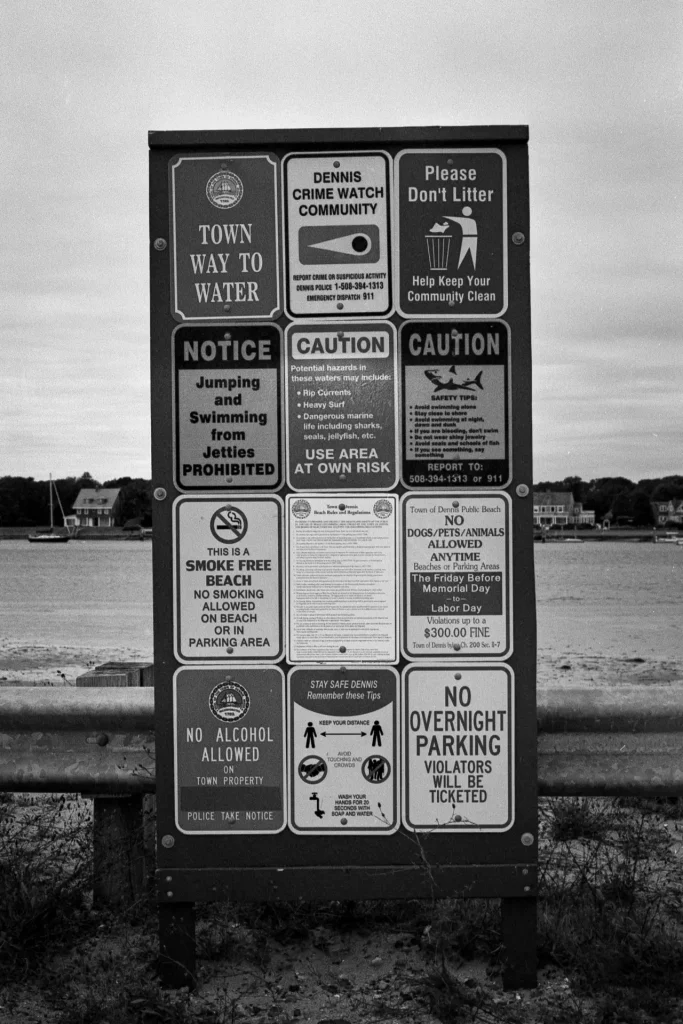
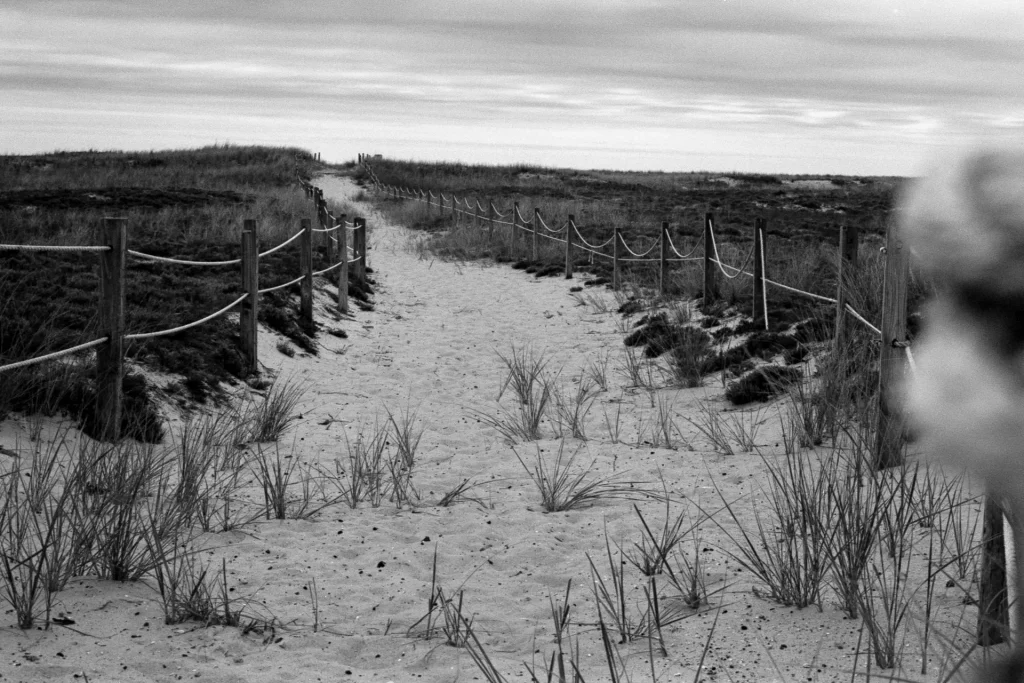
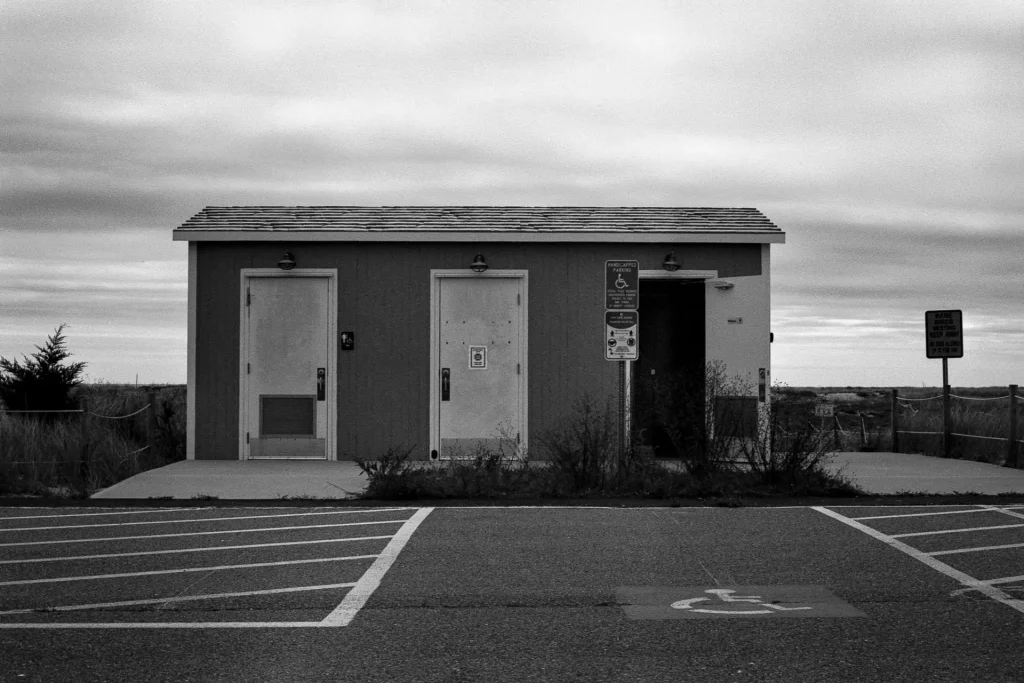
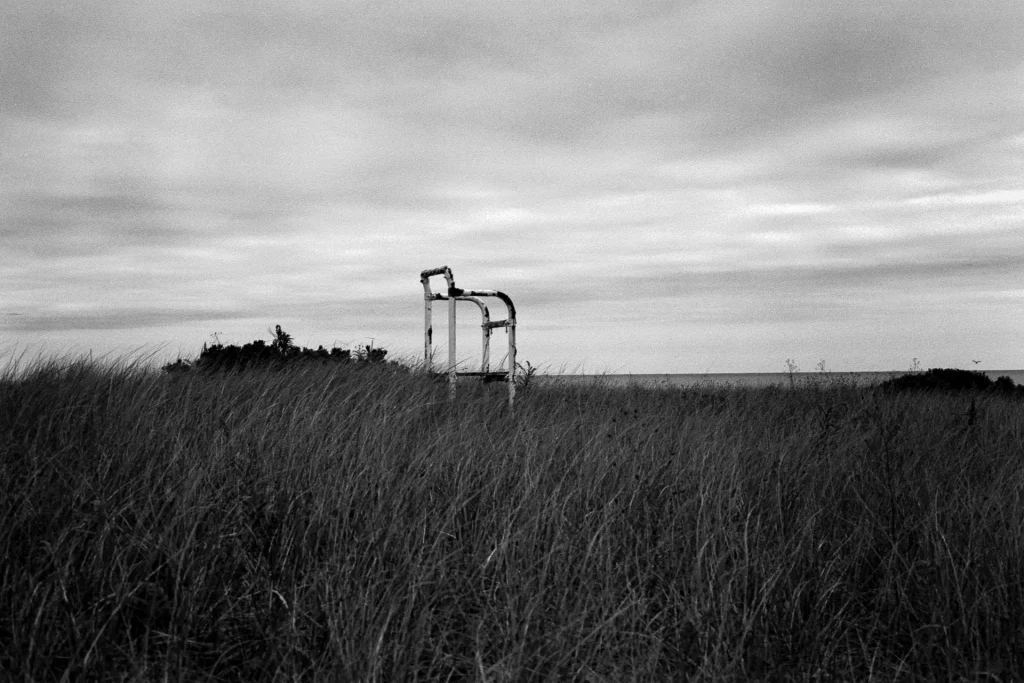
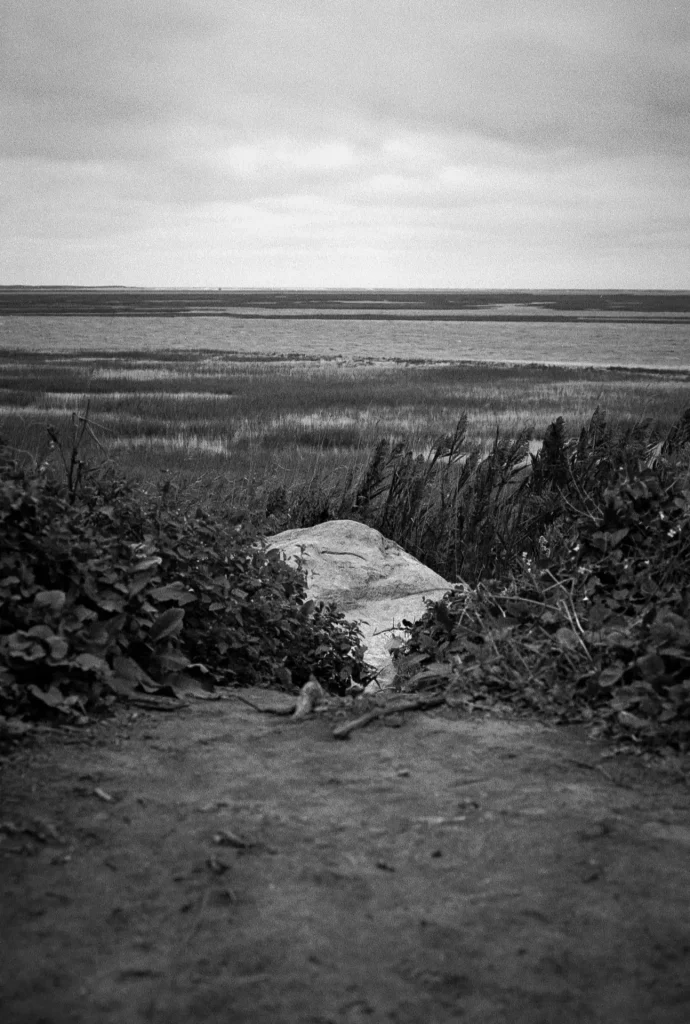
In Summation
For me, my return to film has been transformative. Giving myself permission to take my time with something, to do something creative for myself, to not worry about the results so much. To allow myself to just have fun again has restored some balance to my life. It’s given me an outlet minus the pressure. A place to experiment and make mistakes, to learn and grow, a space just for me, with no expectations.
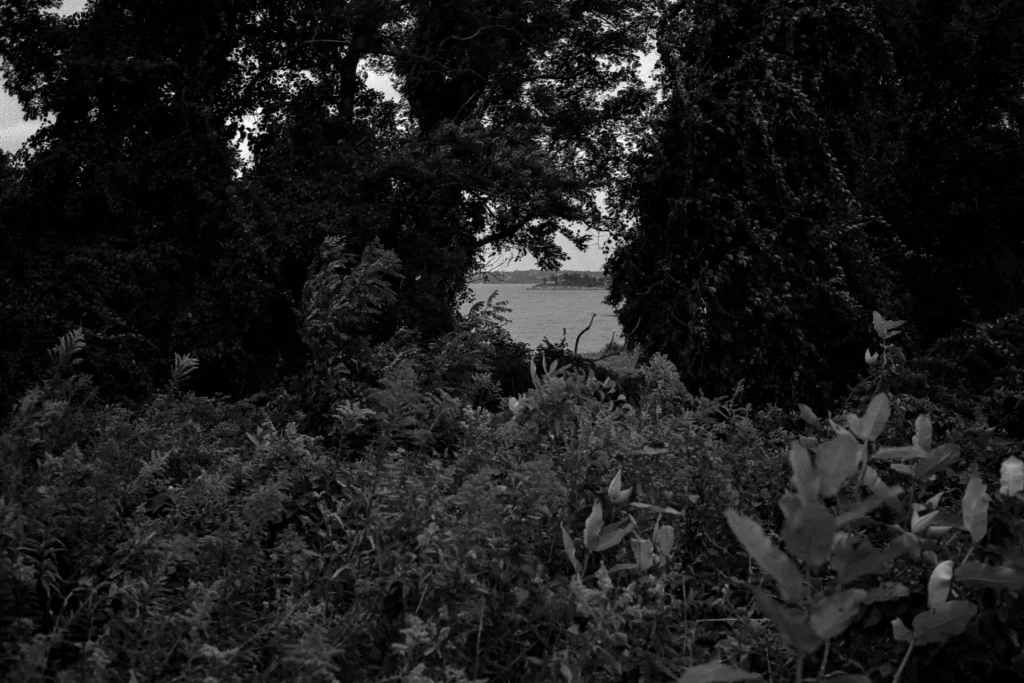
Thank you for taking the time to read.
Share this post:
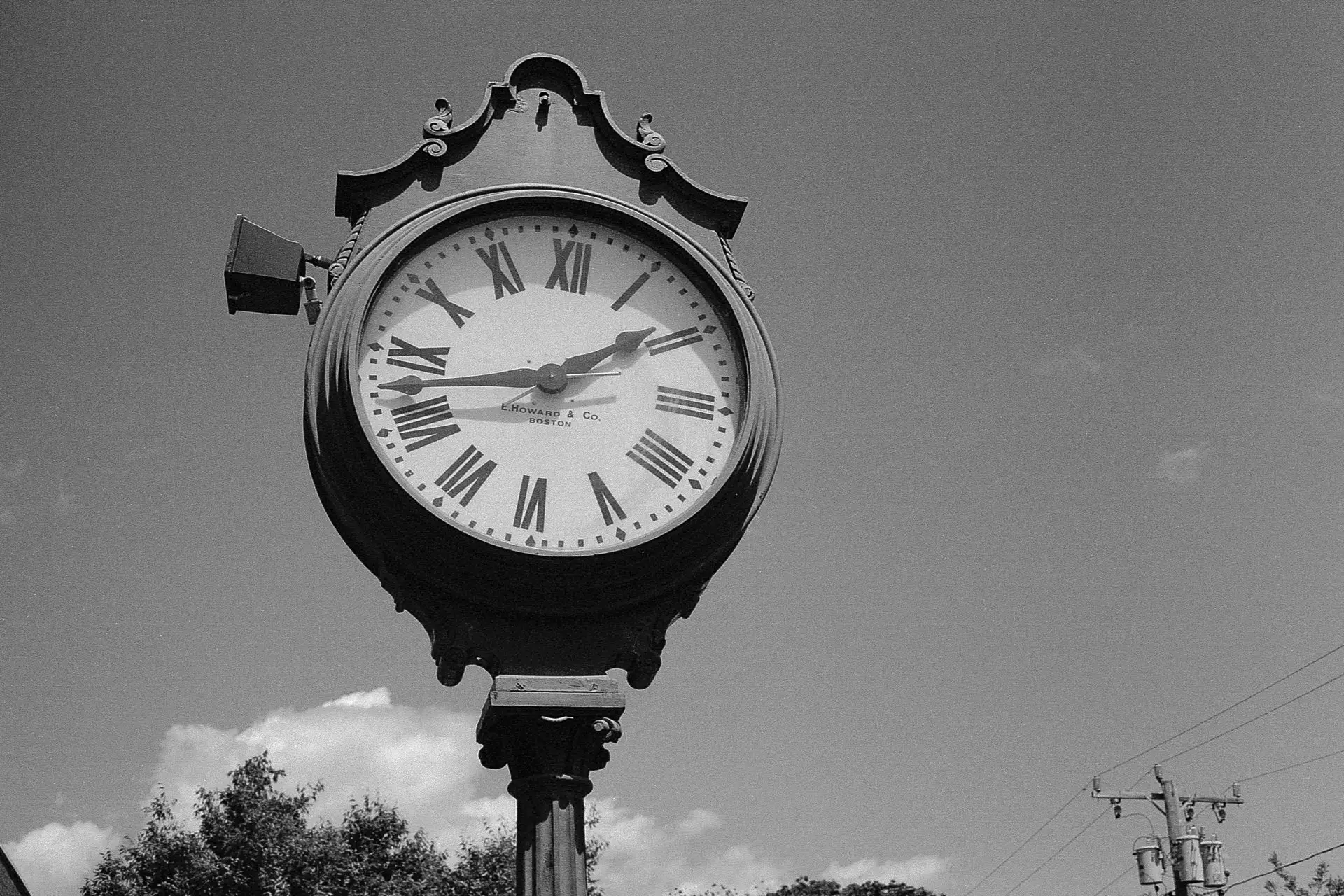








Comments
Sean Benham on Breaking a Rut With A Return To Film – By Chris Ledda
Comment posted: 27/12/2020
Comment posted: 27/12/2020
John Kelly on Breaking a Rut With A Return To Film – By Chris Ledda
Comment posted: 27/12/2020
Comment posted: 27/12/2020
Tomren on Breaking a Rut With A Return To Film – By Chris Ledda
Comment posted: 28/12/2020
I understand the reasons for digitizing (I also do in some cases), but scanning is really meditative for you?
And converting the negatives is the last piece of the puzzle?
If you really want to take pictures for yourself, go the whole analog way.
Scanning, converting, editing in LR/PS, post here, then IG/FB....what is the point? Take off the pink glasses and use digital camera again.
Or better get a enlarger and then find out what it's really about.
Comment posted: 28/12/2020
Comment posted: 28/12/2020
Comment posted: 28/12/2020
Comment posted: 28/12/2020
Comment posted: 28/12/2020
Comment posted: 28/12/2020
Sacha Cloutier on Breaking a Rut With A Return To Film – By Chris Ledda
Comment posted: 28/12/2020
Comment posted: 28/12/2020
Comment posted: 28/12/2020
Iodosan on Breaking a Rut With A Return To Film – By Chris Ledda
Comment posted: 28/12/2020
Comment posted: 28/12/2020
Ken Burg on Breaking a Rut With A Return To Film – By Chris Ledda
Comment posted: 29/12/2020
Comment posted: 29/12/2020
c.d.embrey on Breaking a Rut With A Return To Film – By Chris Ledda
Comment posted: 29/12/2020
I don't like grain—in the 1960s I shot 120 Kodak Panatomic X (ASA 32) instead of Tri X. In August 2014 Kodak cancelled BW400CN, my all time favorite black & white film. Today I use the Blackie app http://brutalityarts.com/blackie/index.html on my iPhone, for amazing B&W photos. BTW there is no reason that I couldn't make 10x15 B&W silver gelatin prints from Blackie files. Like it or not, the times they are a-changing. And hybrid workflows are here to stay.
David Garcia on Breaking a Rut With A Return To Film – By Chris Ledda
Comment posted: 06/11/2021